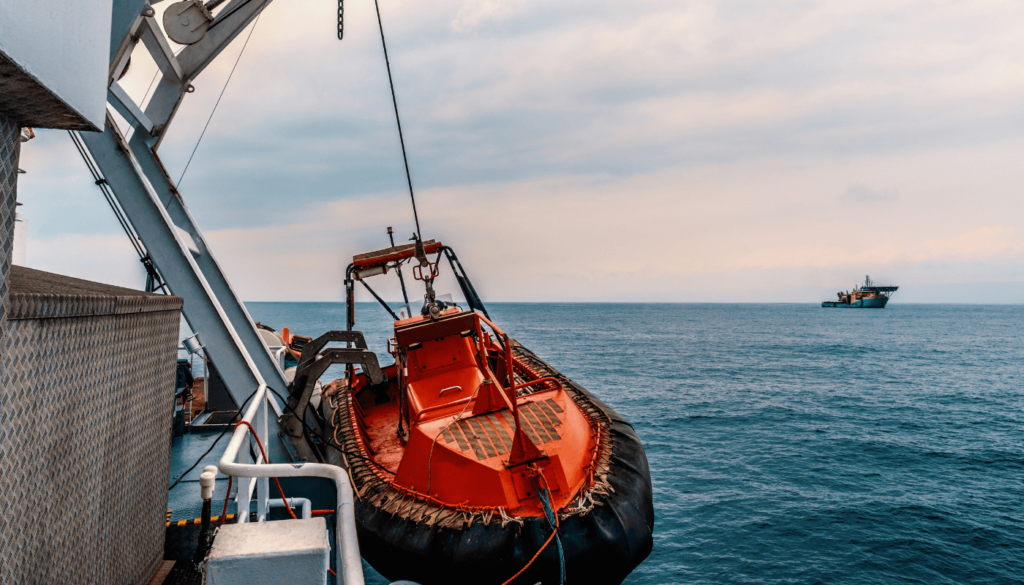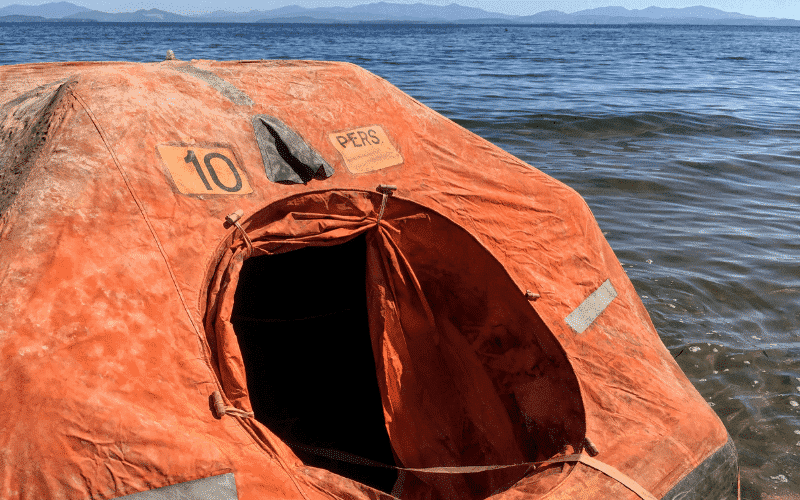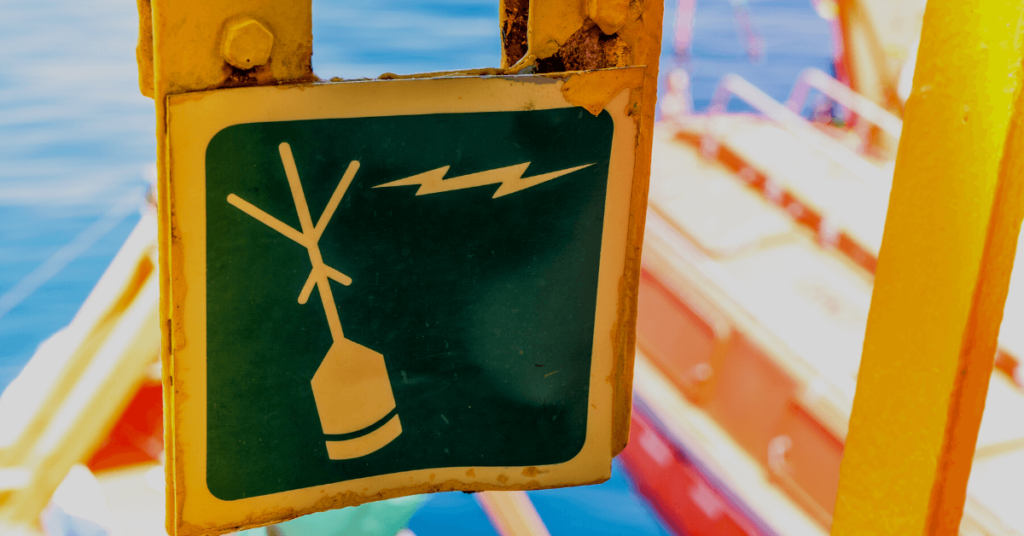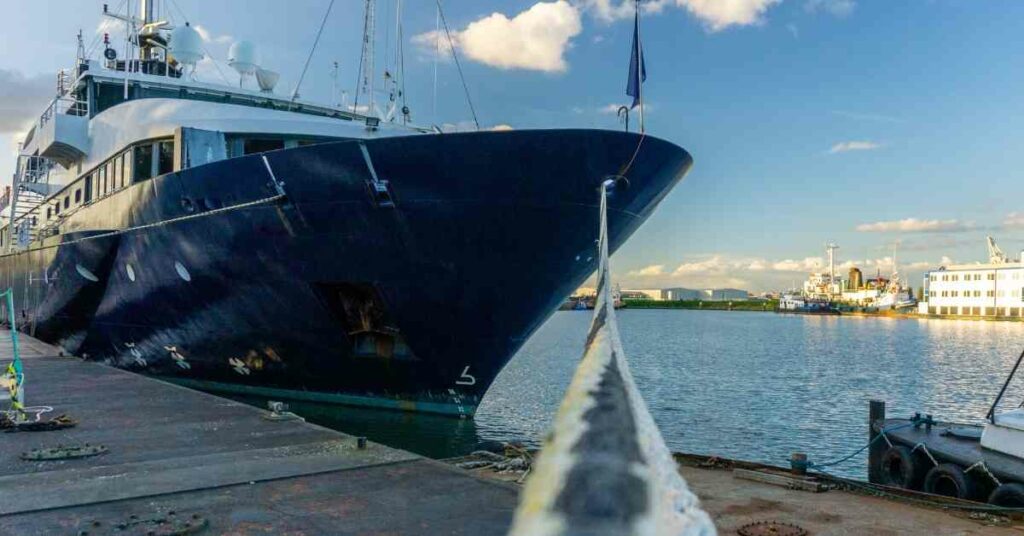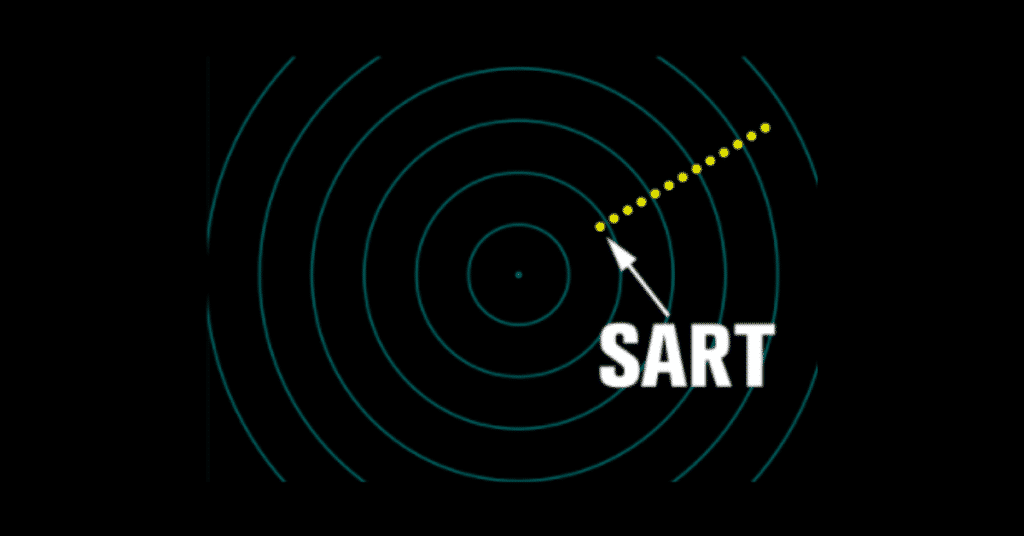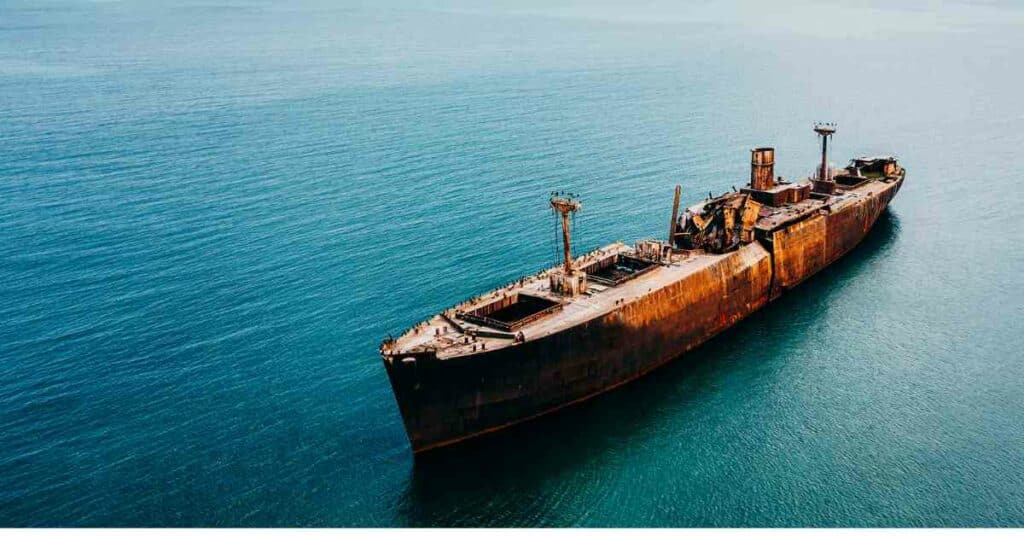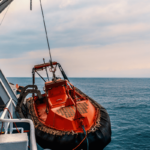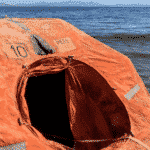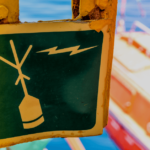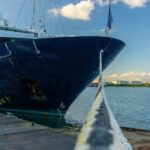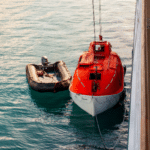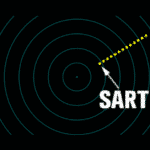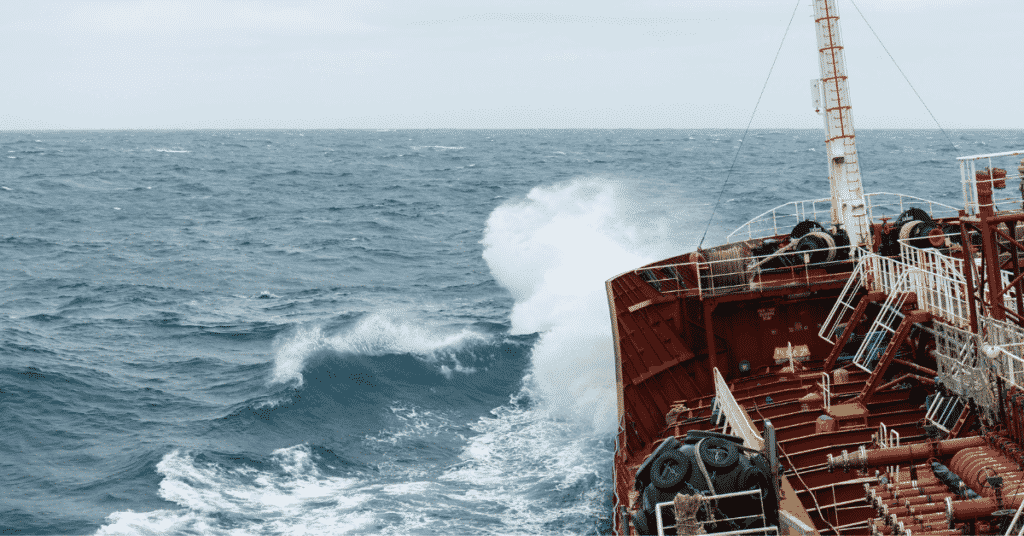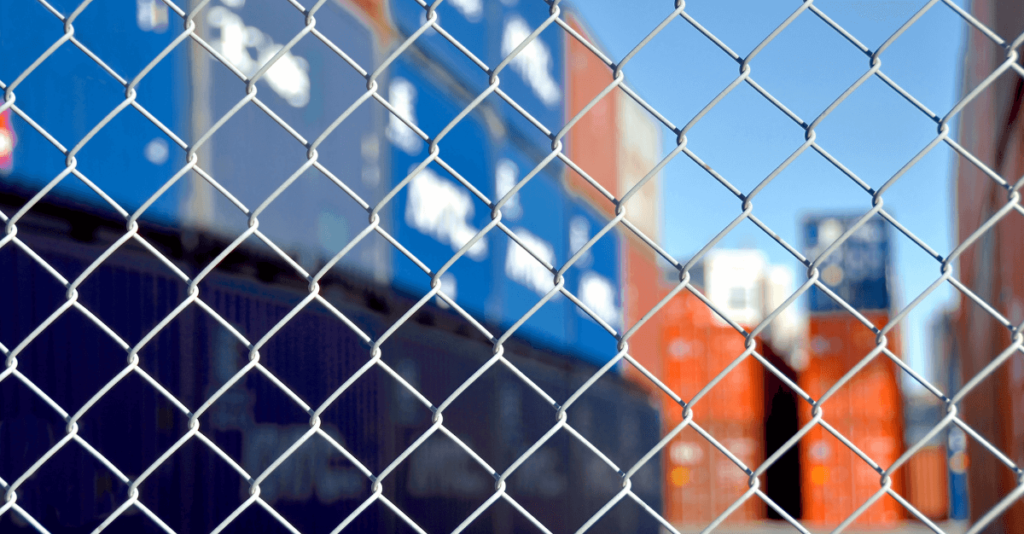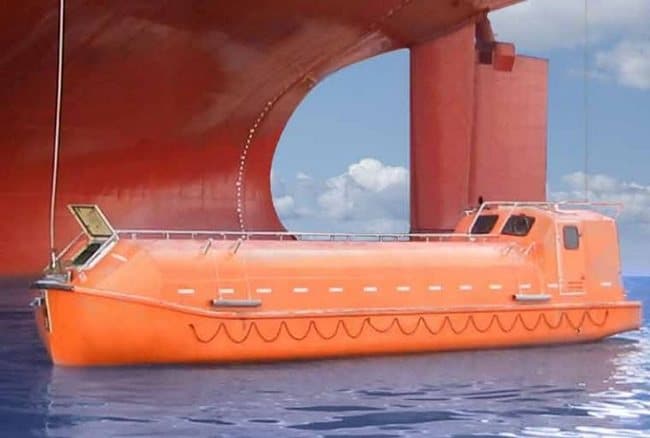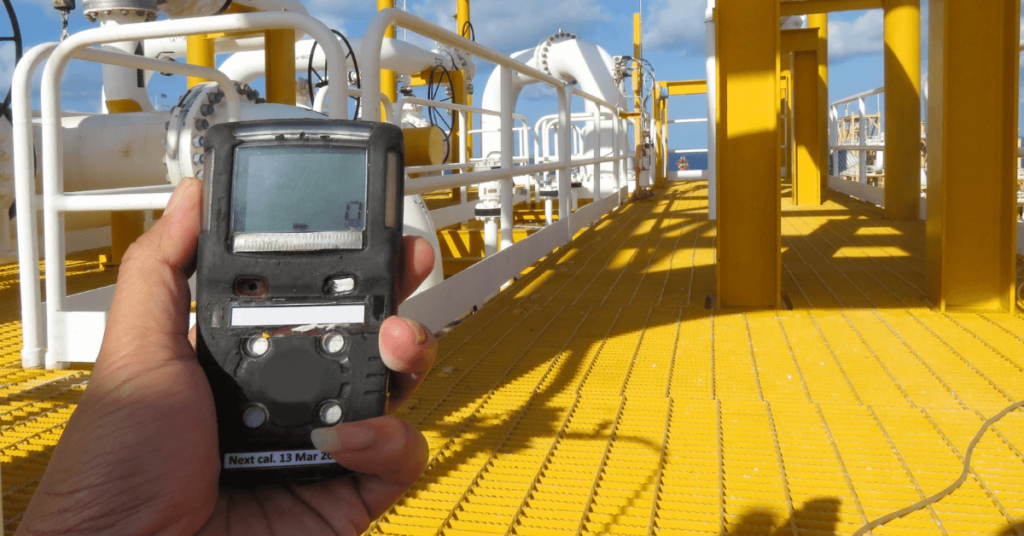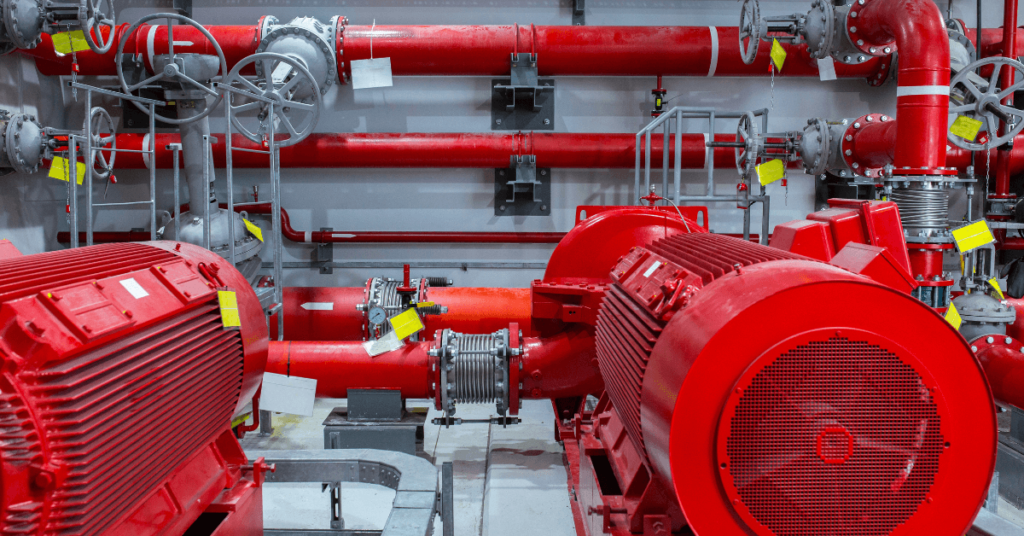Emergency Response Drills On Passenger Ships Explained
On board ships, more often than not, emergencies come unannounced. Many emergency situations, such as fire, flooding, collision, grounding, medical emergencies, man overboard, etc., can occur at any time during the day or even night.
With thousands of passengers and crew on board, an emergency situation on a passenger ship can quickly escalate into panic, which can worsen the existing situation very quickly. Therefore, the importance of drills, training and emergency preparedness cannot be over-emphasized.
Regarding crew drills on cargo & passenger ships, SOLAS, according to its regulation III/19, mentions that every crew member shall participate in at least one abandon ship drill and one fire drill every month.
The drills of the crew shall take place within 24 hours of the ship leaving a port if more than 25% of the crew have not participated in abandon ship and fire drills on board that particular ship in the previous month.
For passenger ships, SOLAS, as per regulation III/30, says that such abandon ship & fire drills shall be held weekly. However, the entire crew need not be involved in every drill.
First-response/Emergency teams
Some selected crew members (usually from Deck, Technical and Security departments) are chosen to form emergency response teams on board.
Such teams are usually 3 or 4 in no. as per company policy, and each such team can comprise 15-20 members. These teams are designated, trained and specialise in fire-fighting operations, equipment (donning of fireman’s outfit, SCBA and use of fire hoses, extinguishers, AFFF etc.) and methodology (emergency routes, operation of watertight/weathertight doors, smoke-screen, fire-screen doors, entry procedures in smoke-filled compartments etc.).
Usually, the first emergency team is from the deck department. This team acts as the primary team in case of fire/emergency scenarios outside technical spaces (in passenger areas, public areas, upper decks and open decks).
The second emergency team is from the technical department. This team acts as the primary team in case of fire/emergencies in technical spaces (engine room and other machinery spaces).
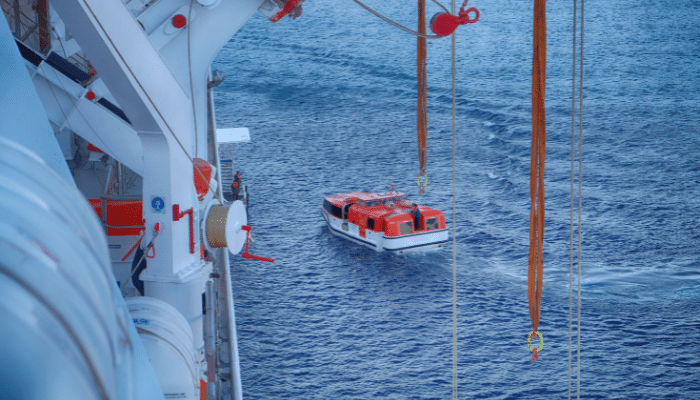
A third emergency team comprises members from the security department. They act as assistant/support to the first two teams. A Medical/Stretcher team (comprising of doctors and other medical personnel) is also there, which helps in case of evacuating casualties/ injured/unconscious persons from the scene of emergency and provides them first aid/check for vitals.
Each emergency team has a leader who must take full charge during drills and actual emergencies. The team leaders, in turn, report to the On-scene commanders (usually the Staff Chief Engineer for engine scenarios or the Safety Officer for deck scenarios), who are in constant radio communication with the bridge.
They are also trained in damage-control methods and procedures to mitigate flooding hull-breach scenarios. Some crew members from the emergency teams (usually some engineers & deck officers) are also appointed as in charge of lifeboats, whereby they must know the procedures to launch/lower lifeboats, on-load/off-load release mechanisms, starting lifeboat engines and safely manoeuvring the lifeboat away from the ship with passengers, in case of an abandon ship scenario.
Some of the hotel/entertainment crew/staff can be given first responder duties as stairwell guides (to guide passengers in finding their way to their designated muster stations in an emergency). Such crew members are provided with hats or fluorescent jackets to be easily identifiable.
Drills & Trainings
In order to remain in compliance and for continuous improvement in the emergency response procedures and skills of the crew, the SOLAS regulations mentioned earlier are followed to the letter on board cruise ships.
A full crew drill involving every crew member is usually held once every two weeks/twice a month (minimum one is the requirement as per SOLAS). Such drills usually comprise either a fire drill or a damage control drill (flooding/hull breach scenario), followed by an abandon ship drill.
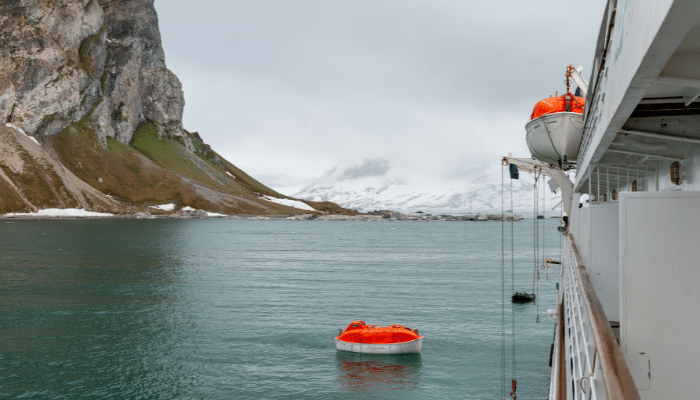
Apart from this, every alternative week when there is no scheduled full crew drill, a partial drill involving only the emergency teams and first responders is held, which does not involve the entire crew. Such drills are occasionally supplemented by training.
The training sessions involve training in donning the fireman’s outfit, SCBA, usage of VHF radios, communication during emergencies, rigging and securing hoses, usage of FFA, entering a smoke-filled compartment, etc. All such drills and training are pre-planned and scheduled well in advance for the awareness of the crew.
Drill conduct and methodology
Before the commencement of such planned drills, passengers are alerted and informed in advance about their occurrence. This is done to avoid fear and panic amongst the passengers, who can potentially get alarmed by the sudden announcements and movements of the emergency squads.
At the time of the drill, the bridge makes a verbal announcement on the ship’s PA system to draw the attention of and alert the first responders regarding the emergency (fire, flooding, etc.) and its exact location on the ship (deck no., fire zone no., compartment name, forward/midship/aft).
Cruise ships are divided vertically into decks and horizontally into fire zones and watertight compartments in order to contain fire/flooding. This also serves the purpose of easy identification of the location, making it much more specific.
As this is a drill, the announcement must be preceded by “For exercise” to not spread panic. Kindly note that all such drills simulate an actual emergency situation, and all the steps taken should mimic actions that would be taken in the same scenario for an actual emergency.
The only difference is that an actual emergency can occur at any time without notice, and announcements for the same will not be pre-fixed by “for exercise”.
Following such an announcement, the first responders/emergency teams must quickly reach their respective emergency duty stations (fire lockers/stations in case of a fire drill and damage control lockers/stations in case of a damage control drill). Once here, they must carry out the instructions of their emergency team leaders and perform their emergency duties accordingly.
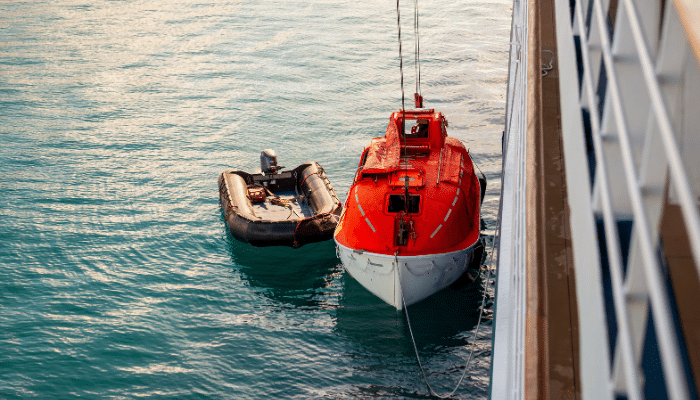
In case of a fire scenario, the deck and engine emergency response teams are further divided into fire-fighting and hose-handling teams. The engineers formed one fire-fighting team, and the deck officers formed another. The ratings of each team become the hose-handlers for their respective fire-fighting teams.
The fire-fighters then must don the fireman’s outfit and SCBA, check the pressure in the cylinder (shouldn’t be less than 200 bar), ensure their masks are sealing properly, ensure there is no air leak & check the functioning of the low-pressure whistle. Thereafter, they must proceed towards the scene of the emergency.
Once there, they must follow the instructions of their team leader and use their training and skills to tackle the situation as required. The hose handler’s duty is to rig and secure the fire hoses, and the fire-fighters duty is to tackle the fire.
With regards to crew members with enclosed space entry or rescue responsibilities, SOLAS says that such crew members shall participate in an enclosed space entry and rescue drill to be held on board the ship at least once every two months.
This is required to ensure that shipboard personnel are aware of the dangers associated with enclosed space entry and also aware of the correct procedures to follow in case to carry out a rescue operation from enclosed spaces. In addition to the above, bunker oil spill drills are also conducted once in two months.
With regards to lifeboats, SOLAS says that each lifeboat shall be launched with its assigned operating crew aboard and manoeuvred in the water at least once every three months during an abandon ship drill.
As per the above regulation, each lifeboat and rescue boat must be lowered once in three months. This need not be in one go and can be planned according to the vessel schedule and berthing arrangements.
If the vessel is berthed starboard side alongside, then the port side boats can be lowered and vice versa. Boats may also be lowered and tested at anchor if the weather permits. This also gives the opportunity to test the batteries, engines, propulsion and hook-release arrangements and perform maintenance/repairs if any deficiencies are found.
Lifeboat hook release and life raft launch training must be conducted for all new joining crew. This also includes re-joiners, irrespective of the number of contracts they have previously done on that ship.
Practical drills are also supplemented by tabletop or touch drills. In this, a scenario is discussed with the emergency teams, and they are questioned on their response to that scenario. This is a verbal drill which tests the theoretical aspects of the emergency response and the knowledge of the team members.
Passenger drills
As regards passenger drills, SOLAS mentions that on any ship engaged on a voyage where passengers are scheduled to be on board for more than 24 hours, musters of newly-embarked passengers shall take place prior to or immediately upon departure. Passengers shall be instructed in the use of the lifejackets and the actions to take in an emergency.
This muster shall also include a briefing which is made by means of an announcement in one or more languages likely to be understood by the passengers, through the ship’s public address (PA) system, or by other equivalent means likely to be heard at least by the passengers who have not yet heard it during the voyage.
Information cards, posters, or video programs displayed on ships video displays may be used to supplement the briefing but may not be used to replace the announcement.
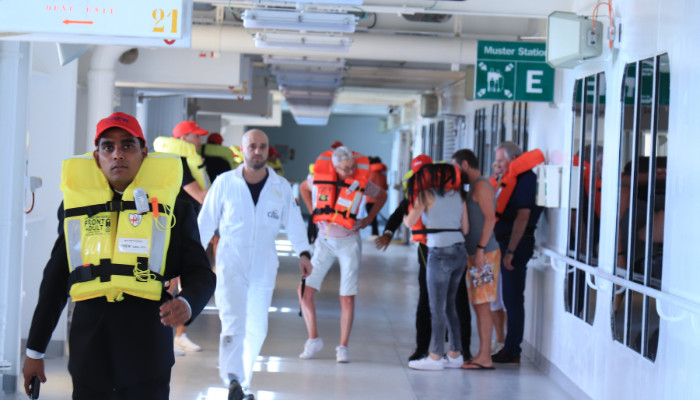
Following the Costa Concordia incident in 2012, the importance of familiarising passengers with the safety and rescue procedures on board was highlighted. The passengers must be trained in donning life jackets, identifying their muster stations, understanding emergency broadcasts, and the first actions to be taken when an emergency announcement is made.
The Maritime Safety Committee (MSC) of the IMO, in its 92nd session in June 2013, identified and adopted amendments to SOLAS regulation III/19.
This mandates passenger safety drills to be conducted prior to or immediately upon departure from port/commencement of the voyage as against the earlier regulation, which required the drills to be conducted within 24 hours of the start of the voyage.
Conclusion
The various drills and training onboard ships are held in order to enhance safety awareness and emergency preparedness of the crew and, in the case of passenger ships, the passengers. As mentioned at the beginning of the article, on a passenger ship with many thousands of souls, any emergency can quickly escalate into panic, which can potentially lead to a major catastrophe.
Therefore, regular drills and training are of paramount importance in order to test and improve the response time of the crew and passengers alike, as a few moments can be the difference between life and death when the ship is out at sea.
This is the same reason why flag states, port states, esteemed organisations such as the United States Coast Guard (USCG), the United Kingdom Maritime & Coastguard Agency, Australian Maritime Safety Authority (AMSA), and classification societies lay a lot of importance to emergency preparedness, crew drills and passenger drills on board passenger ships.
They regularly board passenger ships to test the crew readiness by ordering mock full crew drills by simulating emergency situations and also posing questions to random crew members regarding the emergency procedures and arrangements on board those vessels. Such drills are carried out to the satisfaction of such organisations/administration/authorities calling for them to be performed.
These authorities also have the power to prevent the vessel from sailing in case the performance of the crew in the drills is found to be unsatisfactory as per their discretion and/or if they have reasons to believe that a significant number of crew members are unaware of the safety/emergency arrangements and procedures on board that ship.
You might also like to read:
- Video: Why Are Cruise Ships White?
- 5 Websites To Track Cruise Ships
- Top 24 Largest Cruise Ships in the world
- 10 Major Cruise Ships And Passenger Vessels That Sank
- 8 Ways Cruise Ships Can Cause Marine Pollution
Disclaimer :
The information contained in this website is for general information purposes only. While we endeavour to keep the information up to date and correct, we make no representations or warranties of any kind, express or implied, about the completeness, accuracy, reliability, suitability or availability with respect to the website or the information, products, services, or related graphics contained on the website for any purpose. Any reliance you place on such information is therefore strictly at your own risk.
In no event will we be liable for any loss or damage including without limitation, indirect or consequential loss or damage, or any loss or damage whatsoever arising from loss of data or profits arising out of, or in connection with, the use of this website.
Do you have info to share with us ? Suggest a correction
Latest Ship Safety Articles You Would Like:
Disclaimer :
The information contained in this website is for general information purposes only. While we endeavour to keep the information up to date and correct, we make no representations or warranties of any kind, express or implied, about the completeness, accuracy, reliability, suitability or availability with respect to the website or the information, products, services, or related graphics contained on the website for any purpose. Any reliance you place on such information is therefore strictly at your own risk.
In no event will we be liable for any loss or damage including without limitation, indirect or consequential loss or damage, or any loss or damage whatsoever arising from loss of data or profits arising out of, or in connection with, the use of this website.
Subscribe To Our Newsletters
By subscribing, you agree to our Privacy Policy and may receive occasional deal communications; you can unsubscribe anytime.



